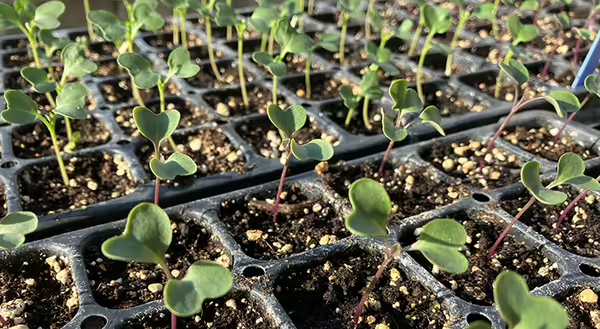
July has brought a little relief from the drought conditions, but for some that relief has been short-lived. Locally, most areas have received a cumulative total of an inch or more of rainfall this month. Some areas still have been missed for more soaking rains and the moisture has been a “band-aid” on what otherwise is fairly rough conditions. Irrigation has been very helpful when available. We have hit multiple waves of heat with air temperatures around 100°, and now the humidity has picked up back to more typical southern Illinois conditions compared with the dry air of June.
Out in the field, freestone peaches are coming in and while not in excess, peaches can be found at area farm markets. We are past the peak of most blackberries, but some are still in harvest. Most blueberries are done except some of the latest varieties and overall yields were very good. It was one of the longest harvest windows for blueberries I have seen in recent years. We harvested from early June all the way through mid-July. One benefit of the extended dry period is that some of our common diseases in fruit crops, like brown rot in peaches, have not been nearly as problematic as most years.
In the vegetable fields, most all summer crops are now in harvest. The yield and quality of potatoes has actually surprised me. I was expecting lots of small tubers and limited yield, but size and quality has been very good all things considered. With the dry weather, the soil in the rows is still loose like it has just been ridged up and hasn’t had enough rainfall to settle it.
The heat and has been great for some pests like spidermites. So far, I have mainly seen them on snap and dry beans. Growth will be stunted and leaves pale or yellowed and will have many tiny brown specks. Sometimes leaves can even curl downward. If you see this, look very closely on the underside of the leaf for any webbing or tiny (about the size of the tip of an ink pen) brown creatures moving. They can really put a subtle stunting on growth that can at first just be attributed to drought stress, but then realizing that water doesn’t really solve the problem. Check out the Midwest Vegetable Production Guide for management recommendations for this or other pests.
Aside from harvesting, it’s also time to start planning for fall crops. I have some fall broccoli and cauliflower plants started for transplanting later in August.
Pumpkins have benefited from the moisture we have gotten and about the right timing for them. Many are starting to vine. Now is the time to monitor for our common insects and disease pests, especially powdery mildew. Read our recommendations for powdery mildew management.
August is critical for the best disease management. If you can keep the plants clean of disease through August often you can carry them through the rest of the season fairly clean. It’s also a good time to assess plant growth and consider if any added nitrogen is needed. I have observed that if you can hold out until fruit set has just started to give added nitrogen, it does not encourage the excessive vine growth as much as applying N earlier in the season.
Here's to some continued rain to help keep our plants going. We appreciate what we have gotten but our soils are so dry it will take more consistent rain to break the droughty soil conditions.
Cover Image: Young broccoli and cauliflower transplants started for a fall crop. Photo: N. Johanning
Author: Nathan Johanning is a commercial ag educator based in southeastern Illinois.